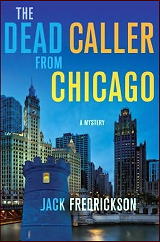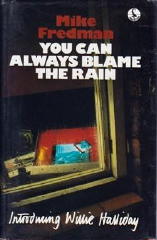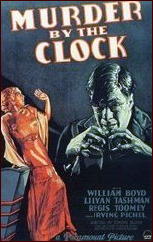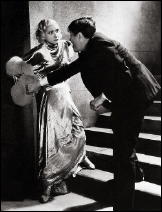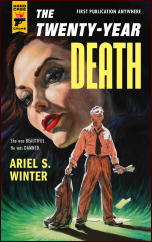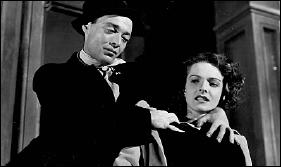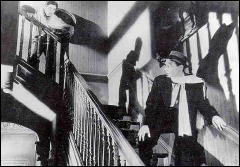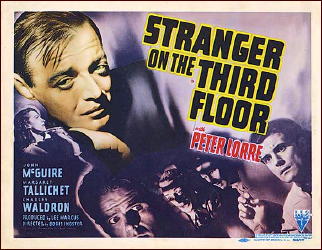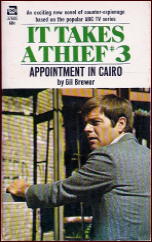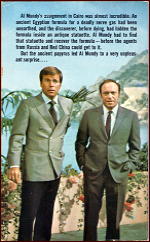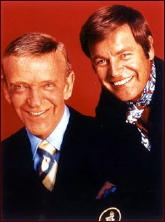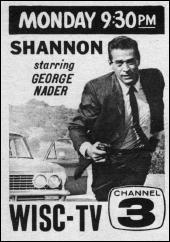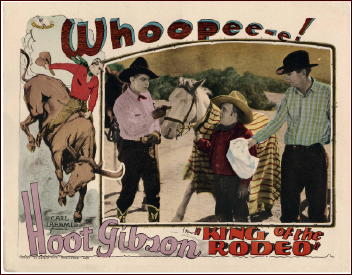Tue 18 Jun 2013
A Western Review by Dan Stumpf: JIM O’MARA – Wall of Guns.
Posted by Steve under Reviews , Western Fiction[5] Comments
JIM O’MARA – Wall of Guns. Dutton, hardcover, 1950. Pocket #816, paperback, June 1951. Signet, paperback, 2002.
I almost started this review by saying that Jim O’Mara’s Wall of Guns is Western writing at its finest. On second think, that honorific is better suited to books like The Big Sky, Saint Johnson and True Grit. Perhaps it’s more apt to say Wall is Western writing at its most enjoyable.
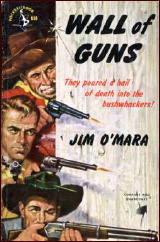
Frank Landry drifts down from Montana to the Rio Grande to find out who killed his brother and stole their ranch, eventually ending up in Broken Wheel, Texas, a town like something from Red Harvest, with sundry factions in a range war at each other’s throats, various hombrae and varmints crossing and double-crossing one another, and a general feel of violent malfeasance roaming the plains.
Landry’s fit for it, though, being one of those Western hero-types who never loses a gun-or-fist fight, thinks faster and smarter than any sidewinder, and draws the women-folk to him like kids to Christmas.
And we’re still in the first chapter when he meets up with Mary Wayne, purty as prairie flower, whose dad is a local rancher being squeezed out by a bunch of cattle thievin’ no-goods over on the next range, and whose weak-willed brother has fallen under the spell of one Carolina Steele, the local cattle queen and de facto head of the rustlers.
From this clichéd start, and with those boiler plate protagonists, Wall of Guns could have been a very ordinary western, no better or worse than most. But O’Mara has a smooth, vivid way of evoking the landscape, a good hand with action, and he peoples his story with a supporting cast far from the usual stock types. A dumb goon-type shows a surprising, gentle loyalty to his spineless boss, one of the good guys goes wrong when Landry’s girl dumps him, people make dumb mistakes now and then, and show surprising insight at other times — it’s as if a spear carrier in Aida suddenly dropped his lance and burst into an aria.
There’s a remarkable moment late in the book where one of the bad guys starts thinking about how he took the wrong road, and wonders if it’s too late to retrace his steps. At which point the good guys catch up with him and
“You can’t talk your way out of this,” Ardoin said, low and thick, “It’s too late.â€
“Precisely,†said Kirby Steele. And then he went for his gun. It was a gesture and nothing more.
Characters like that, propelling a violent, fast-moving story, lift Wall of Guns well out of the usual rut and make it one to look for. And remember.
